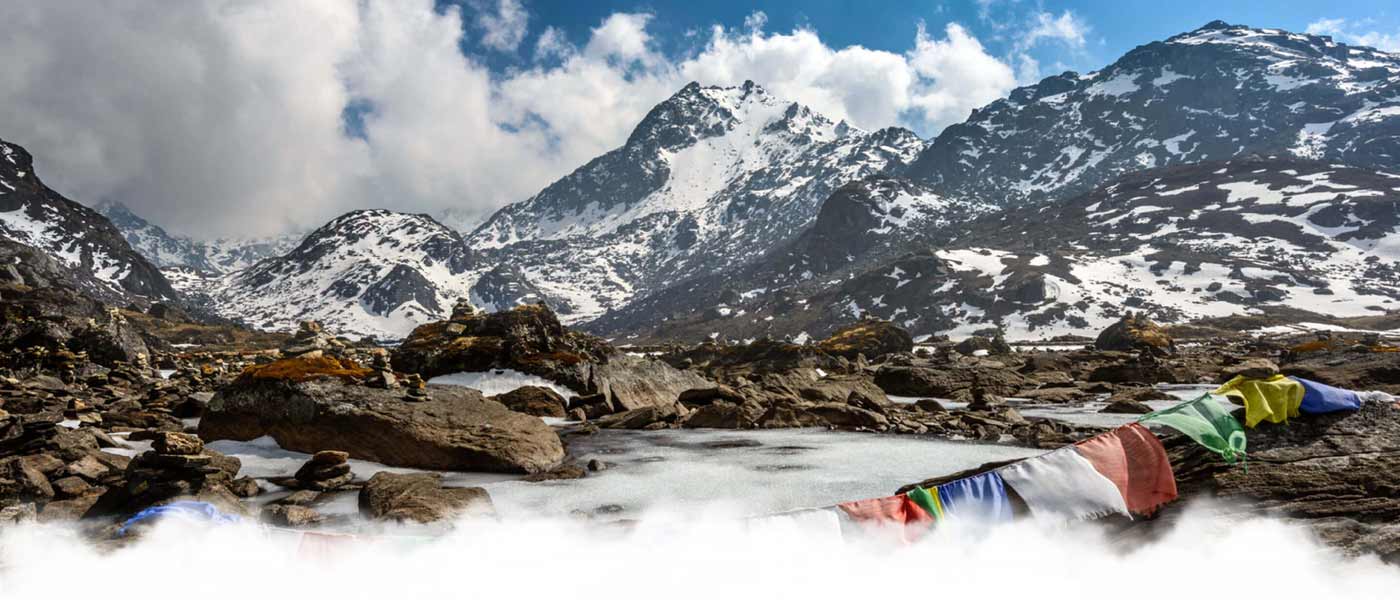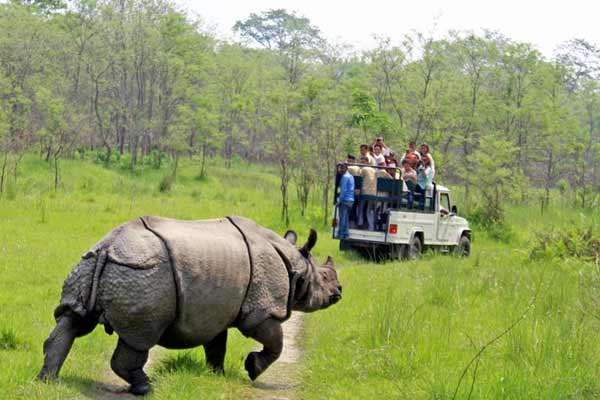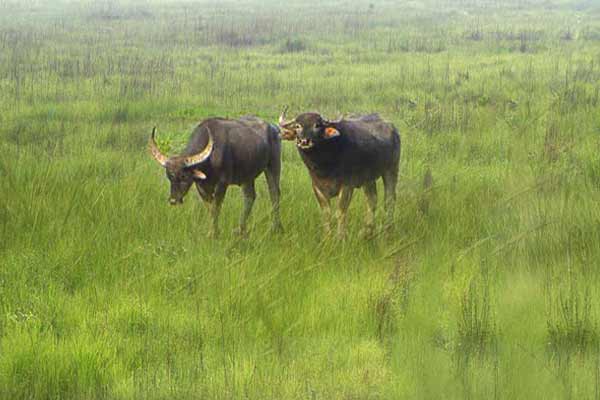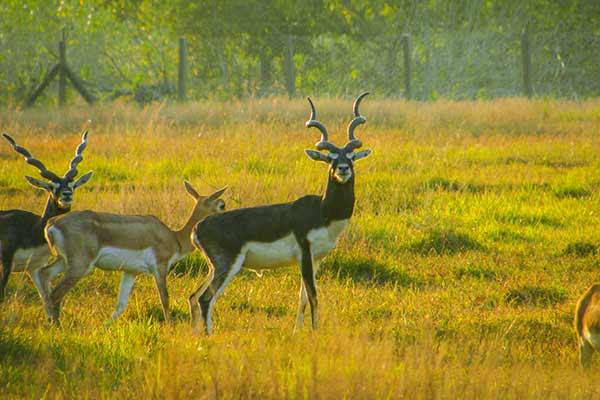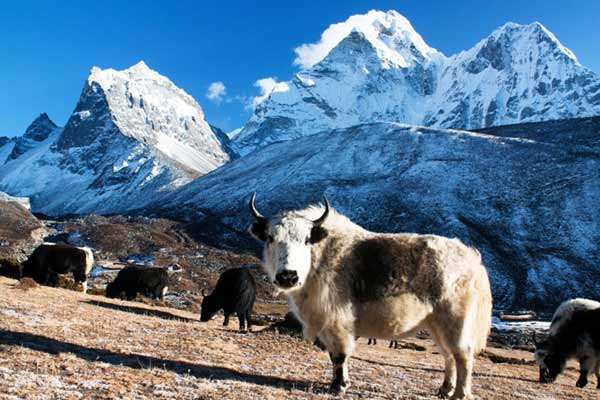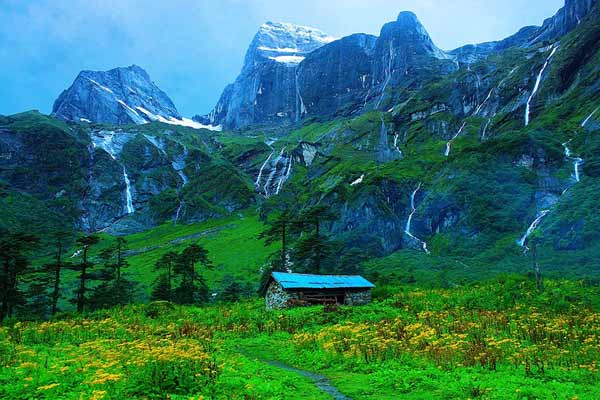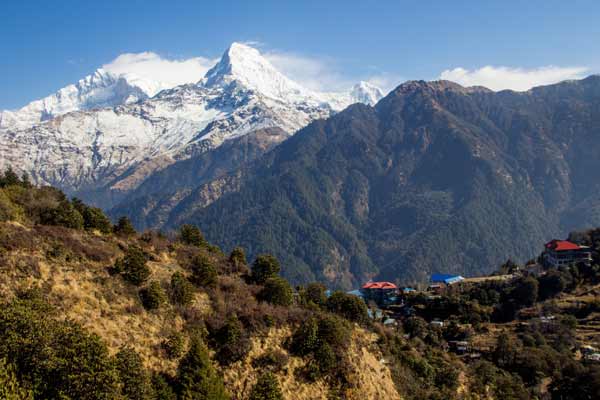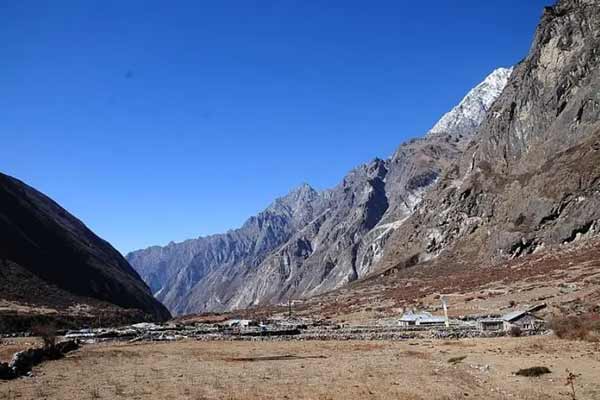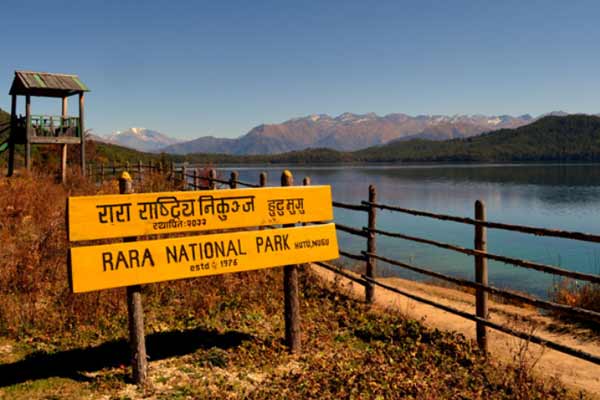
Rara National Park Nepal
Rara National Park is located in the North-Westem high mountains of Nepal. The park was gazetted in 1976 to conserve the unique beauty of Lake Rara, and to protect the representative flora and fauna of the Humla-Jumla region. The park is Nepal’s smallest protected area; comprising an area of 106 sq. km. but, containing the country’s biggest lake (10.8 sq. km.) at an elevation of 2,990m. The park’s elevation ranges from 2,800m to 4,039m. There were two villages Rara and Chhapru within the park. The residents of the two villages were resettled in Banke district, outside the park.
The forests are mostly composed of coniferous trees. The area around the lake is dominated by blue pine, black juniper, and West Himalayan spruce, oak and Himalayan cypress. At about 3350m, pine and spruce give way to fir, oak and birch trees. Deciduous tree species like Indian horse chestnut, walnut and Himalayan popular are also found. A small portion of the park serves as an ideal habitat for the endangered musk deer. Other animals found in the park include Himalayan black bear, leopard, goral, Himalayan tahr and wild boar. Snow trout is the only fish species recorded in the lake. Resident Gallinaceous birds and migrant waterfowl are found at the lake. The great-crested grebe, black-necked grebe and red-crested pochard are seen during the winter. Other common birds are the snow cock, chukor partridge, Impeyan pheasant (Danphe), kalij pheasant and blood pheasant.
Climate in Rara national park
The Rara National Park is a great place to visit, but one needs to be aware of the prevailing future trends in order to magnify the enthusiasm by at least 100 times. The climate in the Park is the most pleasing during the summer but becomes pretty cold and oppressive during the winter. Furthermore, the cold winds bring snow, which makes trekking and sightseeing impossible.
The best times to visit the park are in September, October, April, and May so, if you plan your tour to Rara National park is best.
Vegetation and Wildlife in Rara national park
The National Park has an elevation that ranges from 2,800 meters to a maximum of 4,039 meters above sea the level. This variation in altitude has helped numerous species of plants to thrive here. A recent study dictates that over one thousand and seventy species of flora are found in Rara National park. The flora found here range from rhododendrons, fir, oak, and birch to the much amazing and rare Himalayan spruce and blue pine. The flora found here are normally classified into 2 types. They are below 3,200 meters and above 3,200 meters. The ones above 3200 meters are considered to be much rare and harder to find.
In terms of wildlife, the park houses over 51 species of mammals and 241 species of birds. Along with that, the park is also home to 2 species of reptiles, amphibians, and numerous species of fish. During your stay in the park, you can find animals like musk deer, red panda, snow leopard, yellow-throated marten, otter, and langur. Migrating birds are also prone to make the Rara National Park as their home. There are new sightings of birds and animals too, but some of them are not properly recorded.
People around Rara National park
The people living in the remote areas of Mugu and Jumla are mostly of Thakur community. You can even find people of Chhetri and Brahmin communities but in a small proportion. They follow Hinduism, however, there are some of them who follow Buddhism as well. The villages are sparsely populated as the majority of the residents here have migrated to the major cities or in the Terai region. The people here are largely dependent on agriculture and animal husbandry.
How to reach Rara National park
The easiest and most convenient way to reach Rara National park is by taking a flight from Kathmandu to Nepalgunj, and then another flight from Nepalgunj to Jumla. From here, we need to walk for at least 3 days. The trail is a blend of numerous ups and downs, and we can see donkeys & yaks in these parts. The trek to Rara lasts normally between 10 to 15 days.
Wildlife Sanctuaries Nepal
Wildlife Sanctuaries in Nepal If your current vacation were to the hill stations, beaches or historic places, then sticking around the “Nepal Wildlife Sanctuary” will be an extremely crazy experience for you. Yeah you heard right, Nepal nestled in the middle of high mountain ranges and infinite grassland has rich fauna and flora. According to conservative evaluation, it has nearly 100 varied species of animals and around 750 types of aerial species in entirety. So without ado, book the accommodation/safari, pack your comfortable attires, binoculars, sun protection gear, camera and get ready to explore the wilderness which is full of plant and animal life. Here are the top 10 Wildlife Sanctuaries of Nepal.
 +91 9799050299
+91 9799050299 